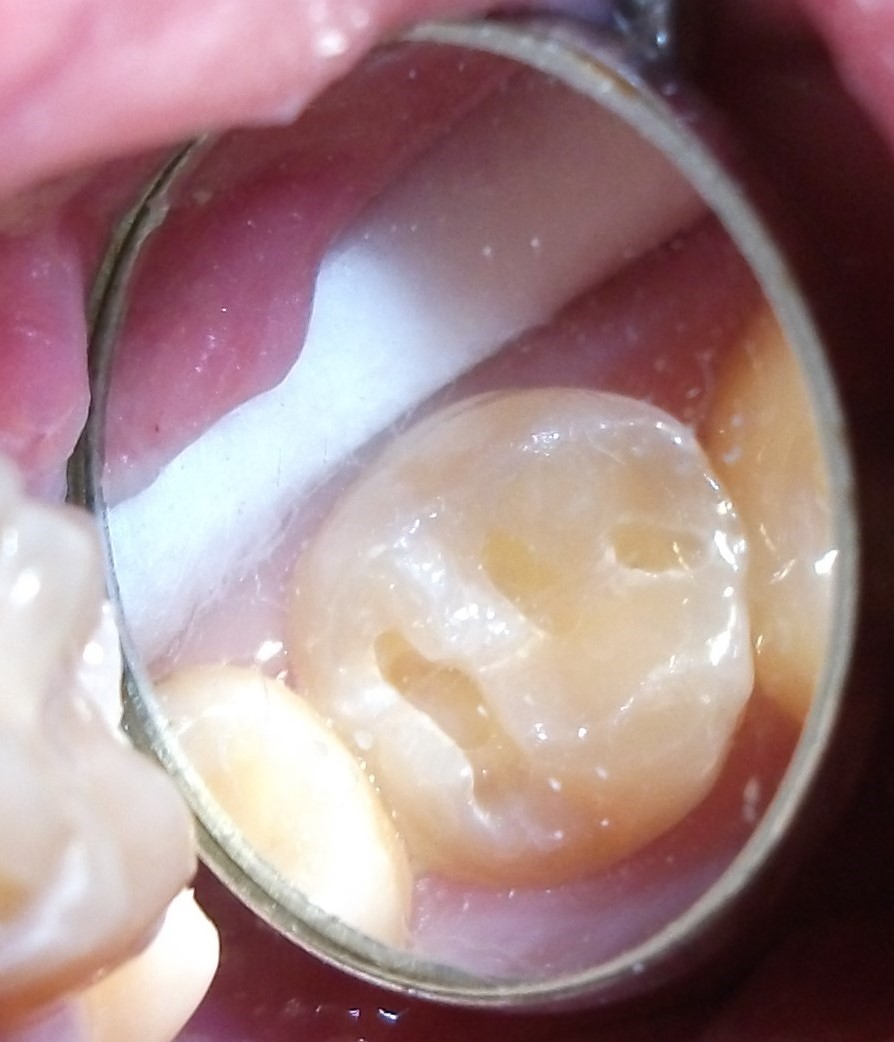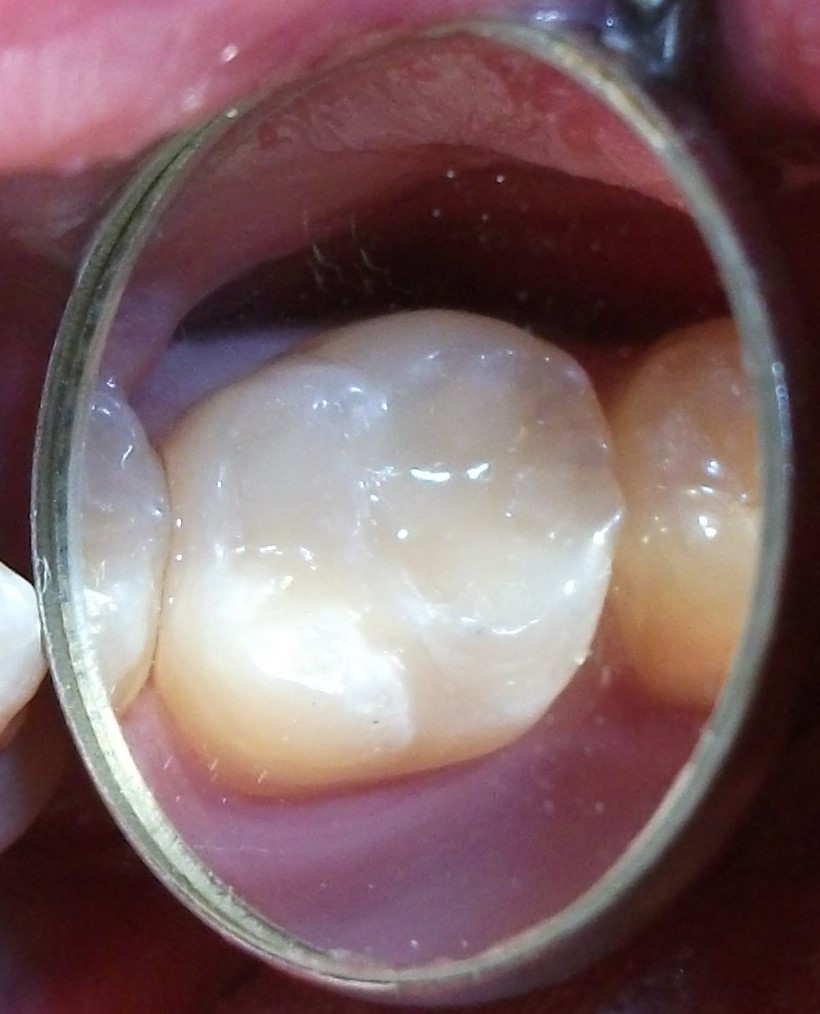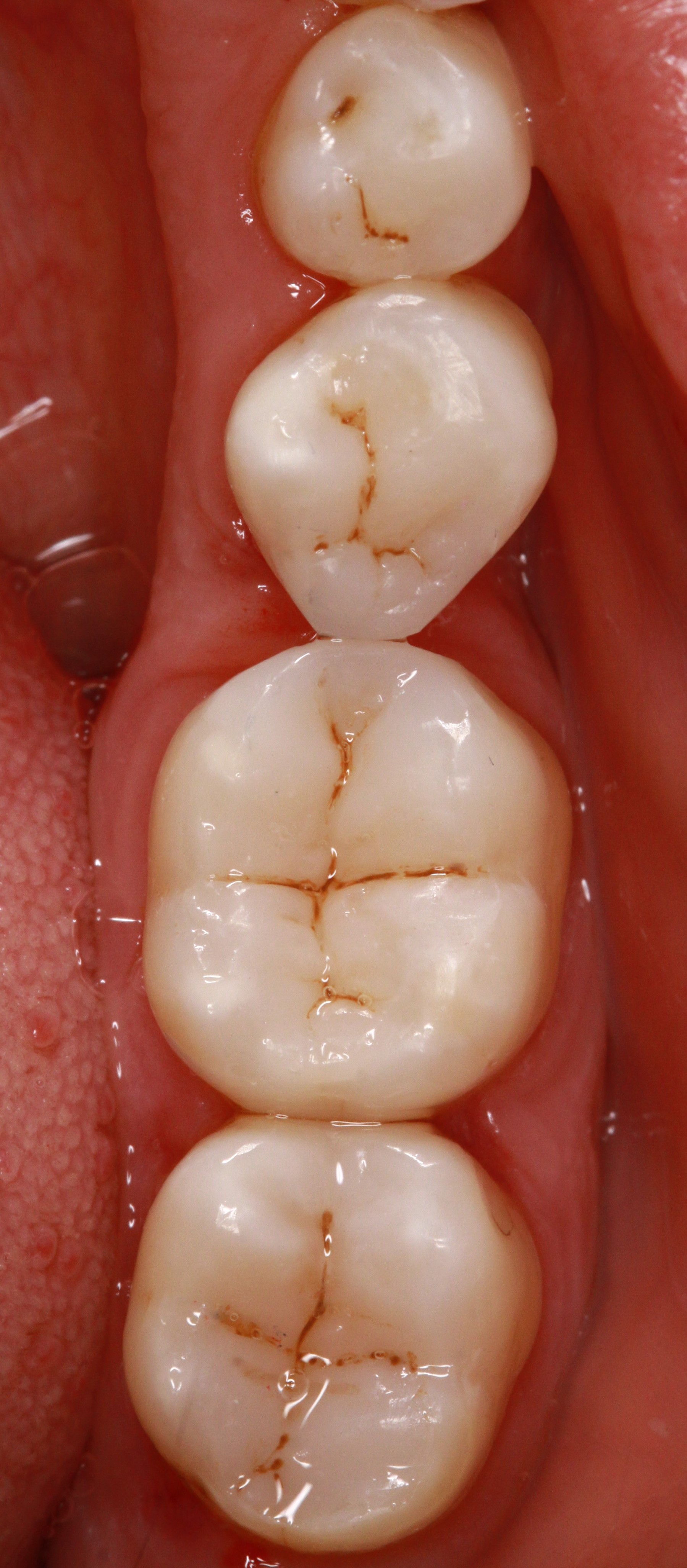Investment materials
Investment materials are thermally-resistant compounds for fabricating refractory dies (for all-ceramic veneers, inlays) or models (for CoCr) and accurately investing objects for sintering, pressing (ceramic), soldering or casting. They are mixed from powder and liquid to a plastic/fluid consistency – investments for use when casting and with pressed ceramics are often mixed in a vacuum mixer and soldering investments spatulated by hand.
The powder is made up of 80 - 85 % quartz modifications (SiO2, silicon dioxide, e.g. cristobalite) and their relative proportions determine the thermal expansion. Larger and smaller, rounded and sharp-edged grains provide for a balance between the desired properties of crack-resistance and smooth surfaces.
Binders make up the remaining 15 - 20 % of the powder. Apart from plaster, silicate and acetate-bonded investments, phosphate-bonded materials are mostly used nowadays. They contain approximately equal parts of magnesium oxide (MgO) and monoammonium phosphate (MAP) and govern not only the flowability, but also the setting properties such as setting temperature, time and expansion.
Depending on which material is being invested – particularly when casting fixed restorations with precious or non-precious alloys as well as removable CoCrMo dentures – it is essential to accurately control the expansion of the investment in order to compensate for thermal contraction (approx. 1.5 % - 2.5 %) of the molten alloy during solidification. Investments undergo both thermal and setting expansion. Assuming all other conditions remain unchanged, the setting expansion is determined by the mixing ratio of distilled (or demineralised) water to investment mixing liquid. It contains silica sol particles which function as hardeners and expansive fillers by gelling and crystallising the investment during setting to create a stable, pressure and fracture-resistant form. Investments for use when casting titanium must be prevented from reacting with the molten titanium – previously by means of so-called "refractory oxides" now superseded by spinel and acetate-based binders.
Previously, micrograin investment containing soluble glass binder (and possibly grain refiners for enhancing the structure) was used when casting CoCr for protecting the surfaces of wax patterns against the effects of reversible hydrocolloid duplicating materials. This is no longer required for today's silicone duplicating materials. Classic lost-wax casting involves spruing the wax pattern onto a crucible former and coating it with wetting agent to avoid entrapping air in the investment. A metal (or removable plastic) casting ring limits the expansion transversely (avoids excessive expansion) and a casting ring liner ("ceramic fibre") defines the space available. The investment is then mixed briefly on a vibrator and poured into the ring. The investment sets/hardens in 15 - 40 minutes. When using modern (speed casting) investments it is essential to drive off the residual water in a preheating furnace before final set and without causing cracks. Thermal expansion of the investment is completed by preheating it to a temperature which prevents the molten alloy cooling prematurely and enables it to flow into intricately detailed areas. In order to produce accurate castings, an investment must reproduce details crisply, exhibit smooth surfaces, resist corrosion of the molten alloy despite the high temperatures, not contract during the casting dwell period, be sufficiently porous to enable gases to escape and easily devested. In addition, after casting/pressing and cooling the investment mould (CoCr: also the duplicate model) has to be split open/sandblasted and, consequently, destroyed in order to devest the casting. Just as when mixing, as little respirable quartz dust as possible should be created during devesting which Is why modern investments are low-dust.
Want to give it a try ...
... or need professional advice?
Get in touch with us or click Contact.
Word of the day
| English | German |
|---|---|
| flabby ridge | Schlotterkamm |
Focus text of the month
Composites also composite (from the Latin componere = to compose) are tooth-coloured filling materials with plastic properties used in dental treatment. In lay terms they are often referred to as plastic fillings, also erroneously sometimes confused with ceramic… Composites also composite (from the Latin componere = to compose) are tooth-coloured filling materials with plastic properties used in dental treatment. In lay terms they are often referred to as plastic fillings, also erroneously sometimes confused with ceramic fillings due to their tooth colour. After being placed in a cavity they cure chemically or by irradiating with light or a combination of the two (dual-curing). Nowadays, composites are also used as luting materials. The working time can be regulated with light-curing systems, which is a great advantage both when placing fillings and during adhesive luting of restorations. Dual-curing luting materials are paste/paste systems with chemical and photosensitive initiators, which enable adequate curing, even in areas in which light curing is not guaranteed or controllable. Composites were manufactured in 1962 by mixing dimethacrylate (epoxy resin and methacrylic acid) with silanized quartz powder (Bowen 1963). Due to their characteristics (aesthetics and advantages of the adhesive technique) composite restorations are now used instead of amalgam fillings.
The material consists of three constituents: the resin matrix (organic component), the fillers (inorganic component) and the composite phase. The resin matrix mainly consists of Bis-GMA (bisphenol-A-glycidyldimethacrylate). As Bis-GMA is highly viscous, it is mixed in a different composition with shorter-chain monomers such as, e.g. TEGDMA (triethylene glycol dimethacrylate). The lower the proportion of Bis-GMA and the higher the proportion of TEGDMA, the higher the polymerisation shrinkage (Gonçalves et al. 2008). The use of Bis-GMA with TEGDMA increases the tensile strength but reduces the flexural strength (Asmussen & Peutzfeldt 1998). Monomers can be released from the filling material. Longer light-curing results in a better conversion rate (linking of the individual monomers) and therefore to reduced monomer release (Sideriou & Achilias 2005) The fillers are made of quartz, ceramic and/ or silicon dioxide. An increase in the amount of filler materials results in decreases in polymerisation shrinkage, coefficient of linear expansion and water absorption. In contrast, with an increase in the filler proportion there is a general rise in the compressive and tensile strengths, modulus of elasticity and wear resistance (Kim et al. 2002). The filler content in a composite is also determined by the shape of the fillers.
Composite restorations Conclusion |

 Minimally-invasive preparation and
Minimally-invasive preparation and  indiscernible composite restoration
indiscernible composite restoration